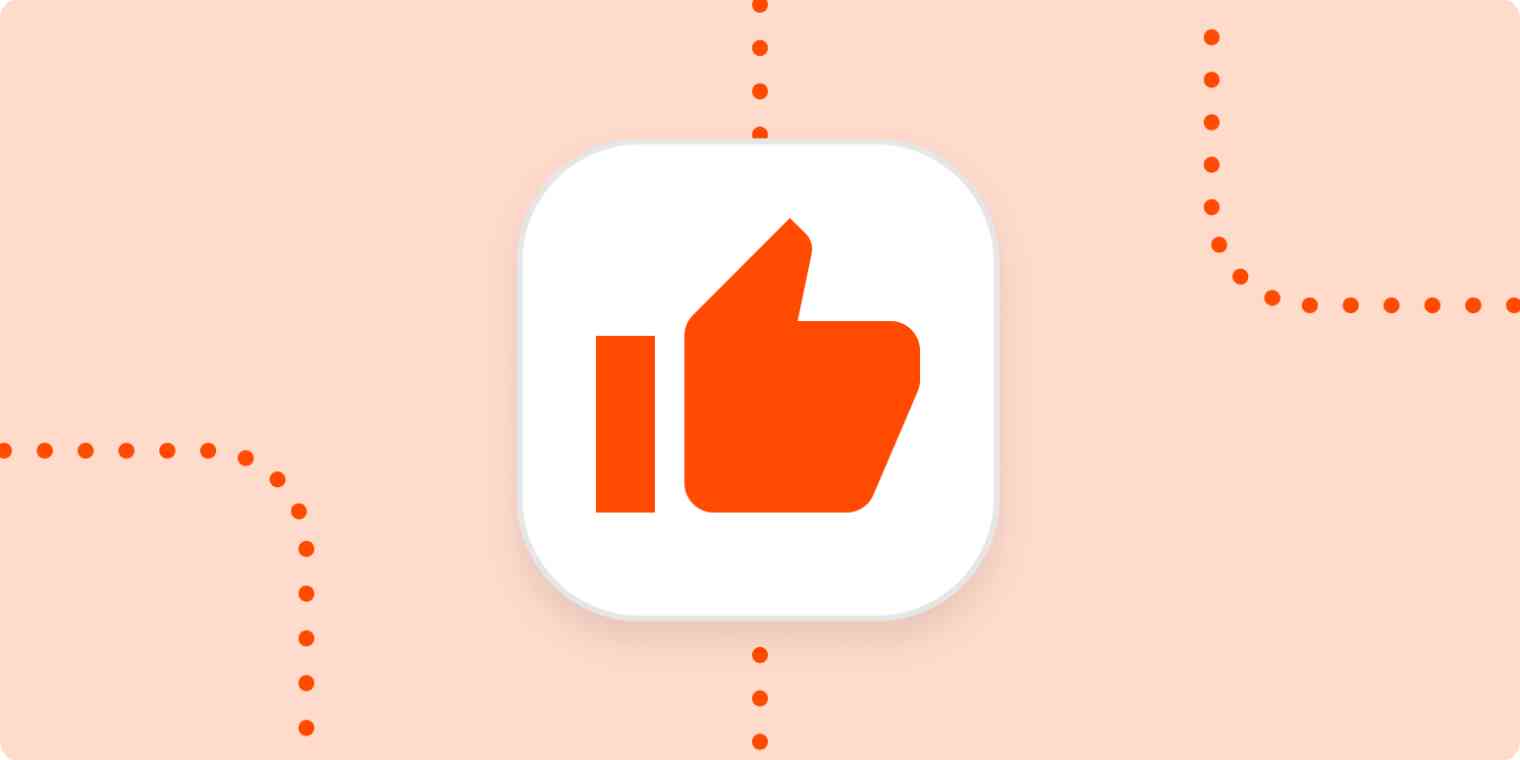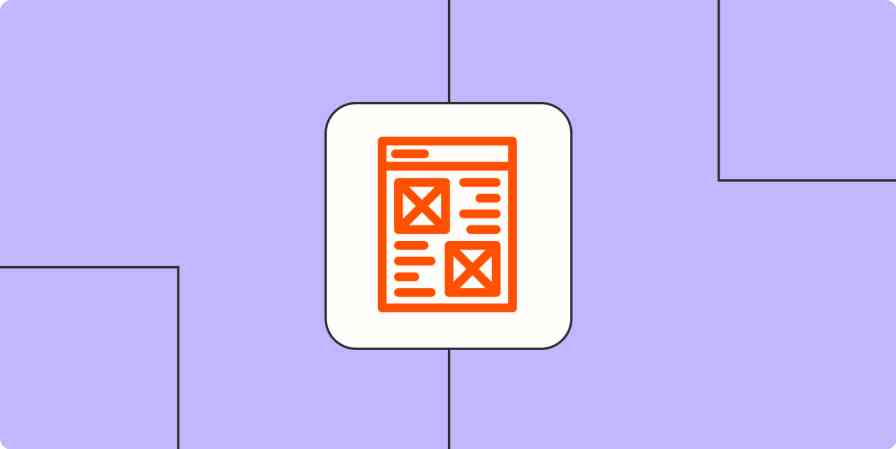Reputation disasters are everywhere in business, but they don't happen overnight. There are key indicators of an oncoming storm that you can identify with thorough sentiment analysis.
Keeping an eye on online sentiment can help you avoid these crises—and in the meantime, you'll get to know your audience and be able to make better decisions for your business.
The importance of sentiment in a digital marketing campaign
When people write about your brand on social media and review sites, their comments are often emotionally charged, sometimes positively, often negatively. That's your online sentiment: the attitude and feelings customers have about your company that they share online.
Now, if someone leaves a 1-star review along with their comment, then it's pretty clear what the sentiment is. But it's not always that obvious. That's why there are tools made specifically for sentiment tracking—they're able to scan for certain words, phrases, emoji, and more to identify the sentiment of a given post.
But before we get to those tools, let's look at some of the main reasons it's worth tracking your online sentiment.
Prevent a crisis
The obvious benefit of sentiment analysis is that you can find out if people aren't picking up what you're putting down. For example, early during the COVID-19 pandemic, McDonald's Brazil ran a solidarity campaign with customers stuck in quarantine by separating its iconic arches. Twitter users didn't appreciate what they felt were half-hearted efforts of the brand to support people.

A sentiment analysis tool would identify that this was a negative tweet, and if there were enough of them, McDonald's could see that their campaign wasn't working before it spun into a full-fledged brand reputation crisis.
Monitoring the sentiment of your campaigns helps identify spikes of negative mentions that might be an indication of something brewing. It could be connected to your own marketing, competitors' campaigns, news, or anything in between—but regardless, you'll see it coming.

By analyzing your brand mentions on social networks and media outlets, you'll be able to find the root cause—whether it was an influencer tweet, a customer review, or anything else.
Select the right platforms
Sentiment analysis is a great way to choose the best platform for online activities like sales announcements or ad campaign launches. For example, if your brand has a more positive sentiment on Twitter than on Instagram, you might try more experimental campaigns there since the audience is more likely to engage.
Measure your campaign effectiveness
You can identify how users are perceiving your message by measuring the sentiment of their replies and posts. This is especially helpful if you're just launching a new product or service. For example, if you just launched a new product and suddenly your sentiment plummets, you can bet it has something to do with the new product—or how you marketed it.
Beat the competition
Don't only track your own sentiment—keep an eye on your competitors too. You'll be able to sniff out what has worked well for them and what's tanked, so you can repeat their successes and avoid their failures.
By comparing your sentiment to your competitors', you'll also be able to see where you have weaknesses that could be improved.
How to measure online sentiment
Sentiment analysis is complex. It takes into consideration a variety of factors and considers how they all relate to each other. Here's the basic data you'll want to look at:
Tone of comments. Everything from word choice to abbreviations, punctuation marks to emoji, and even the structure of sentences can indicate the tone of comments and reviews.
Engagement. Engagement is important, but of course, a large number of comments doesn't necessarily indicate a positive sentiment—angry people love them some comments too.
Brand mentions. Users and competitors who tag your social handle in their posts either really love you or really hate you. Either way, it's important to consider these mentions when doing sentiment analysis. Share of voice—how much of the market your company takes up compared to your competitors—is an important metric here.
Frequency of mentions and quantity of engagement. If the frequency of your mentions or quantity of your engagement on social media suddenly changes, it's something to look into.
Net sentiment. This metric gives you a basic understanding of how you're faring online: just subtract the percentage of your negative mentions from the percentage of your positive ones. The higher the number, the better you're doing.
That's...a lot. But you don't have to do it all manually. There are lots of sentiment analysis tools that will take care of everything for you, using AI to get the job done. Here are a few popular tools for the job, including the tool I built, to give you a sense of what they're capable of.
Awario
My site, Awario, scrapes popular social media platforms like Twitter, YouTube, and Reddit; news and review sites; blogs; forums; and the web to find any mention of your brand. It tracks (among other things) your sentiment, including your share of voice, sentiment shifts within a given date range, and your mentions compared to your competitors. It's an easy way to keep an eye on all your sentiment metrics in one place.
Awario's paid plans start at $29/month, with a 7-day free trial.
Brand24
Brand24 searches for brand mentions in all the regular spots, but also on more niche ones like Twitch and Flickr. It breaks down your volume of mentions by social and non-social to help you measure the impact of your social media efforts on the final marketing results. And the tool can collect the number of positive, negative, and neutral mentions around a specific campaign, hashtag, or person.
Brand24's paid plans start at $49/month with a 14-day free trial.
Mention
Mention does all the usual sentiment analysis stuff, and it also gives you instant alerts: Mention will notify you every time it detects a change in online activity. Plus, it allows you to publish content and respond to comments straight from the tool.
Mention's paid plans start at $29/month with a 14-day free trial. (Note: it offers a free plan, but that doesn't come with sentiment analysis.)
Brandwatch
Brandwatch stands out with its visualizations, which give you a (pretty!) new way to track sentiment, reveal customer interests, study online user behavior, and pick the best influencers for collaborations.
You'll need to contact them for pricing.
Sprout Social
Sprout Social is more of a social media management tool, but it also does sentiment analysis, tracking how sentiment changes month-to-month. It's a super handy option for periods when you're trying to build (or recover) your brand reputation.
Because it's a bit more robust, it's more expensive: Sprout Social's paid plans start at $89/user/month with a 30-day free trial.
Digital marketing relies a lot on numbers—but if you ignore the sentiment behind those numbers, it's easy to misinterpret the data. Focus on the emotion, and you'll be able to connect better with your audience and grow your business.
This was a guest post from Aleh Barysevich, Founder and Chief Marketing Officer at companies behind SEO PowerSuite, professional software for full-cycle SEO campaigns, and Awario, a social media monitoring app. He is a seasoned SEO and social media expert and speaker at major industry conferences, including 2018's SMX London, BrightonSEO, and SMX East. Want to see your work on the Zapier Blog? Check out our guidelines and get in touch.





